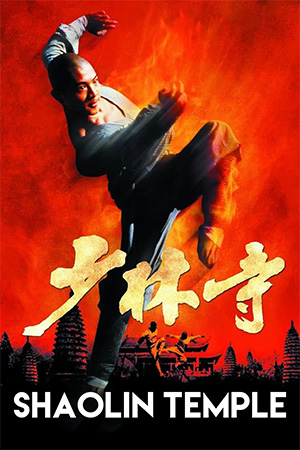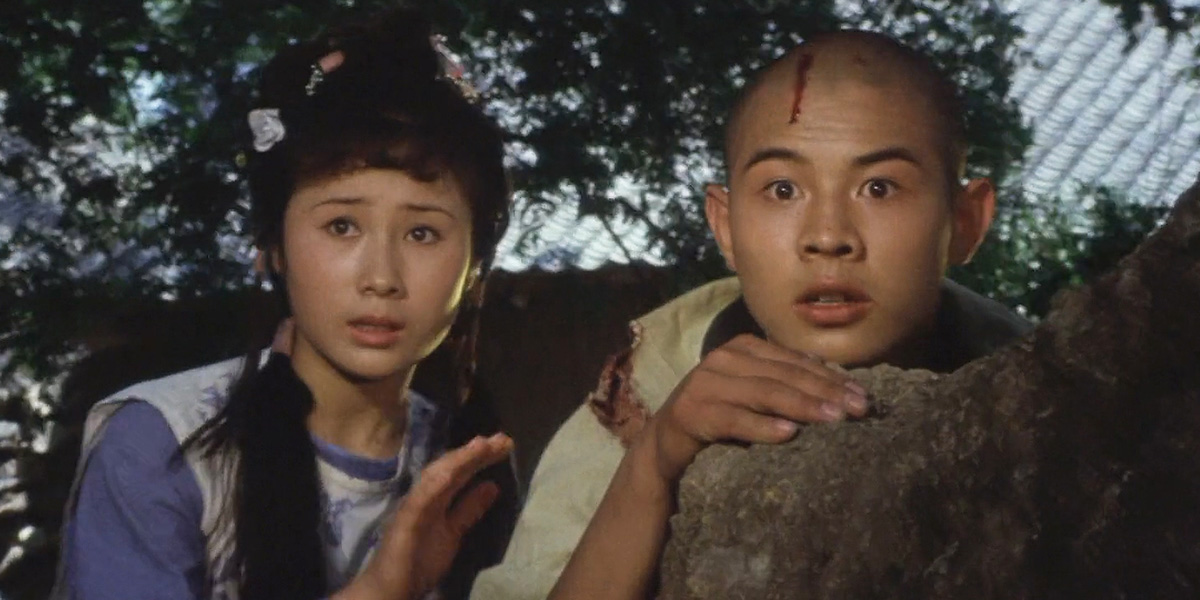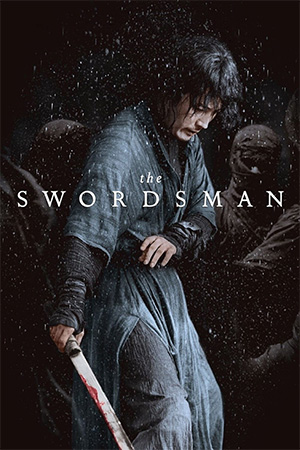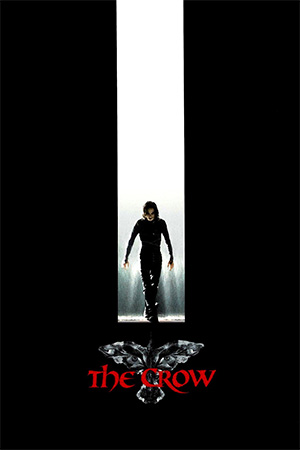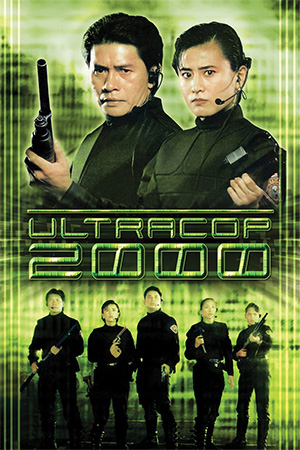While Hong Kong and Taiwan were enjoying the fruits of the martial arts genre, the place where the majority were set, the motherland of China, was noticeable by its absence. That changed in 1982 when a Chinese production appeared that not only utilised the impressive vistas of China, but also had permission to film in the legendary temple itself. And it would also be the debut of the country’s biggest ever star, Jet Li.
Warlord Wang Shichong enslaves the long population in his ongoing bid for power in the Eastern capital, bringing untold suffering to the people. One young man, Jue Yuan, manages to escape from slavery but at the considerable cost of his father’s life. The critically ill youth manages to venture towards the nearby Shaolin temple and collapses on their doorstep. Although they have determined not to involve themselves in the politics of the outside world, the monks nurse Jue back to health and allow him to stay as he continues his rehabilitation. Nevertheless, what Jue really wants is to be taught the fabled Shaolin kung-fu so he can have revenge against Wan Shichong, an action that means his request is refused. Yet one of the senior monks, who has history with the tyrant himself, accepts him as a disciple and Jue Yuan slowly develops into a formidable fighter.
From the documentary introduction that explains the history of the Shaolin temple to the jaunty song that accompanies it, this is clearly a different beast to its Hong Kong contemporaries. Whereas the Shaw Brothers and Golden Harvest films of the era were preferring more stylised openings, ‘Shaolin Temple’ has a slightly parochial air to it, recalling some genre pieces from twenty years before in one of the aforementioned studios past. Despite that, it doesn’t take long to remind the viewer as to the advantages of filming in China and having the obvious backing of the government as the screen is filled with countless costumed extras and atmospheric landscapes. It brings a totally different aesthetic to a genre that had long relied on occasional Taiwanese location photography and copious amounts of sound stage footage.
The action also shows that ‘Shaolin Temple’ will be resolutely different to the films it begrudgingly admires. The fight choreography is heavily based on Chinese Wu Shu, the kind that had been shown around the world in demonstrations by touring athletes. This acrobatic, ornate style contrasts well with the harsh landscapes featured and one thing in its favour is that the action scenes have enough impact not to look like exhibitions for the public. Some fights, especially the finale, have a furious mix of realistic power and outrageous athleticism, creating something that works on the big screen (no mean feat). Relying on the pool of trained performers in China pays dividends as there isn’t the need to cut away and allow an actor to be doubled – everything is genuine.
While this was Jet Li’s first film, he has a raw charisma that appears to poke through occasionally. The humorous moments allow him to show a different side to the character while the big set-piece displays have him tirelessly taking on antagonists. It’s still some way from the post ‘Once Upon A Time In China’ Jet Li, but you can just about see the butterfly emerging from its chrysalis. Rough around the edges it might be, but ‘Shaolin Temple’ is more than a milestone in China’s cinematic history – it’s an ambitious production that manages to pay off.
This year marks twenty-five years of FarEastFilms (formerly DragonsDenUK) and looking back on the vast catalogue of reviews we have accrued, I noticed a few apparent gaps. These were films I thought one of us had provided but, Mandela Effect in operation, I now see were never discussed. Expect to see a few reviews over the next few months that intend to remedy that.
- Mission Kiss And Kill - December 7, 2025
- Yojimbo - November 24, 2025
- The Five Venoms - November 9, 2025

